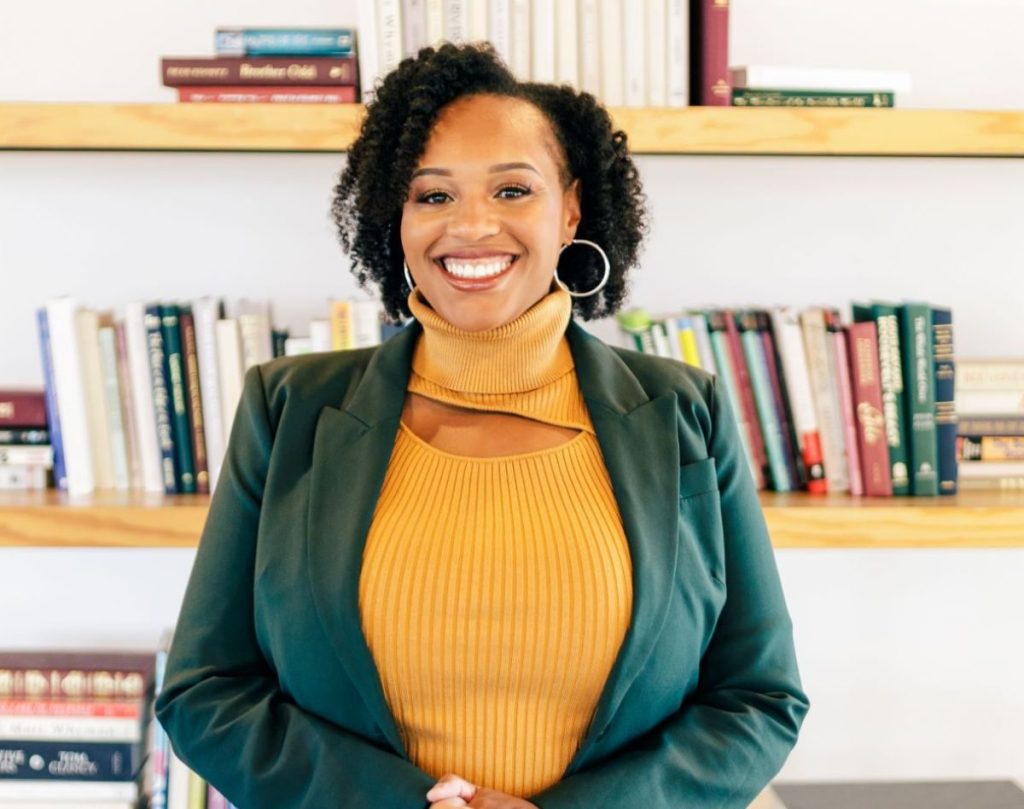
“Hello, my name is Gabrielle, and I am an addict”. This is the way people in recovery are generally introduced in recovery meetings. They say their name and declare their addiction to substances. This process over decades has created an identity. The statement, “I am an addict”, has become a point of pride for some, as it represents not only who they believe they are, but also an admission of their past transgressions and the idea that addiction is forever their identity. What many fail to realize, is this declaration of addiction has the capacity to ignore all other aspects of a person’s identity. Further, when considering adolescent development, societal norms carry a significant weight. Adolescents are grounded in their ethical values but are still discovering their social values. If an adolescent is attempting to abstain from substance use, yet the identity imposed on them by society is that they are an “addict”, how will they ever see themselves as anything other than…an “addict”? There are several efforts to de-stigmatize mental health, and recent studies have shown that Gen Z is very invested in mental wellness (Cuncic, A., 2021). However, substance use stigma falls far behind in these efforts. Language, drug type, and differences of opinion in conceptualization of substance use are three aspects of substance use stigma I will address in this blog.
As mentioned in the introduction of this blog, “addict” can be a term that many people in recovery take pride in. People who refer to themselves as “addict” with pride generally have participated in Alcoholics Anonymous (AA), or an affiliate Anonymous group. In several other cases though, this label elicits shame, guilt, or blame if used to describe someone else. In the general mental health discussion conversations, there is much encouragement to use person-first language, that is, refer to the person, then identify what behavior in which they engage. An example of this would be, “person with anxiety”. If this concept is used for addiction, the example would be “person with a substance use disorder”, or “person who uses substances”. This form of describing someone, particularly an adolescent who uses substances, helps remove the label of “addict” and opens the door for the teen who uses substances to understand that their substance use does not have to be who they are; it doesn’t have to define them. They have an opportunity to learn about what aspects of themselves they would like to focus on. Using personfirst language not only reduces substance use stigma, it also provides adolescents a chance to see themselves beyond their addiction or substance use.
Societal depictions of substance use range widely. There are the movies that depict people smoking marijuana as unintelligent and with lack of motivation, while movies with MDMA/ecstasy depict people who are in school and attend raves. Unfortunately, these depictions also have cultural associations. People depicted smoking marijuana are generally BIPOC individuals, and people taking MDMA/ecstasy are depicted as white college students. These depictions create stigma around what type of substance someone may be using by providing examples of the “type” of person who would use a specific substance. This is critical for adolescent substance use treatment because it creates a narrative for an adolescent that is much easier than trying to come up with an identity. There is a level of influence that social media and the entertainment industry have on societal trends. These influences may contribute to an adolescent leaning into a specific “type” of identity without even realizing it. Additionally, as adolescents are developing their identity, social acceptance from peers is important, so mimicking these depictions may be a way to “fit in” a certain desired social group. We can mitigate this by challenging the concept that some drugs are “ok” and provide a more balanced idea of substances. Step away from creating a hierarchy of “good” drugs and “bad” drugs. An example of this can be providing psychoeducation that all substances alter you as a person, and regardless of what the substance is, the behavior change is what we are trying to work through. This does not mean that all substances are the same, I am just encouraging us to think about the desired outcome, and that is to reduce and/or eliminate the substance use regardless of the substance.
This point is related to professionals who work with people who use substances. Some medical providers believe substance use is a moral issue. Others think it is completely behavioral. Many professionals have landed on the conceptualization of substance use as a “brain disease”. Since there are so many different schools of thought regarding substance use origins, treatment gets stalled. Some providers refuse to prescribe medications until an adolescent is no longer using substances. Others want an adolescent’s substance use to be eliminated before admitting them into a program for their depression. I leave you with a few questions to ponder: If a child came to a program for depression related to parental conflict, would you say “the parental conflict needs to be resolved before we can treat the child”? Or a child comes to treatment for self-harm behavior, and has depression, would you say “the depression needs to be resolved before we treat the self-harm”? The differences in conceptualization of substance use contribute to the variance in treatment approaches. Similar to point 3, let us shift to focusing on the desired outcomes and reduce the likelihood that conceptualization is prohibiting a teen from getting much needed treatment for their substance use.
To learn more about substance use stigma reduction, and culturally responsive substance use treatment, visit https://steadyllc.com/blog/
Cuncic, A. (2021, Mar 25) Why gen z is more open to talking about their mental health. Verywellmind. https://www.verywellmind.com/why-gen-z-is-more-open-to-talking-about-theirmental-health-5104730


Gabrielle Jones, Ph.D., is the founder of Steady Clinical Training, Consultation, and Development Services. She has over a decade of experience working with marginalized communities, specifically, adolescents labeled “at-risk”, people involved in the juvenile justice system and their families, and people who have substance use concerns or have been diagnosed with a substance use disorder. Dr. Jones has worked in direct care hospital settings, community mental health settings, primary school settings, and university settings as a faculty member. She provides training to non-profit organizations related to substance use and cultural responsiveness in the context of mental health treatment, and consultation to individuals working with populations listed above. Dr. Jones also carries a small caseload in which she provides individual therapy. In addition to Dr. Jones’s consultations and training, she serves as the Membership Board Chair for the American Psychological Association, and as a board member for The Miles Hall Foundation; an organization committed to creating an alternative to calling the police during a mental health crisis.